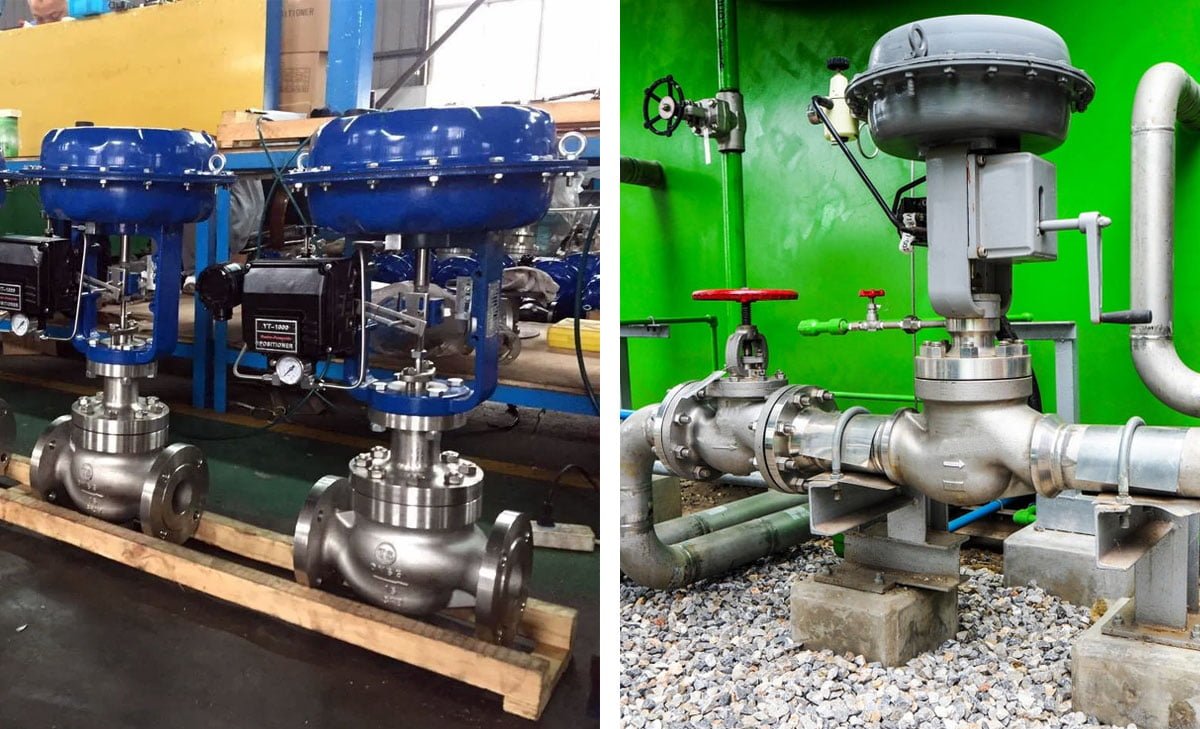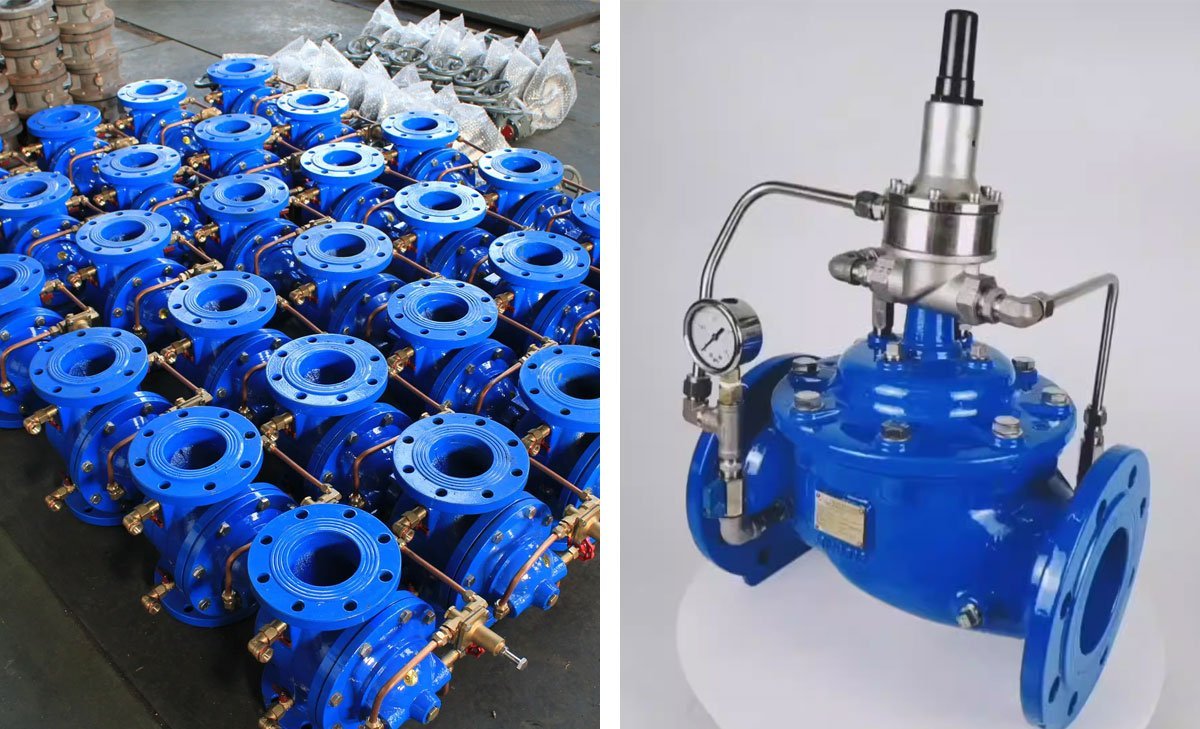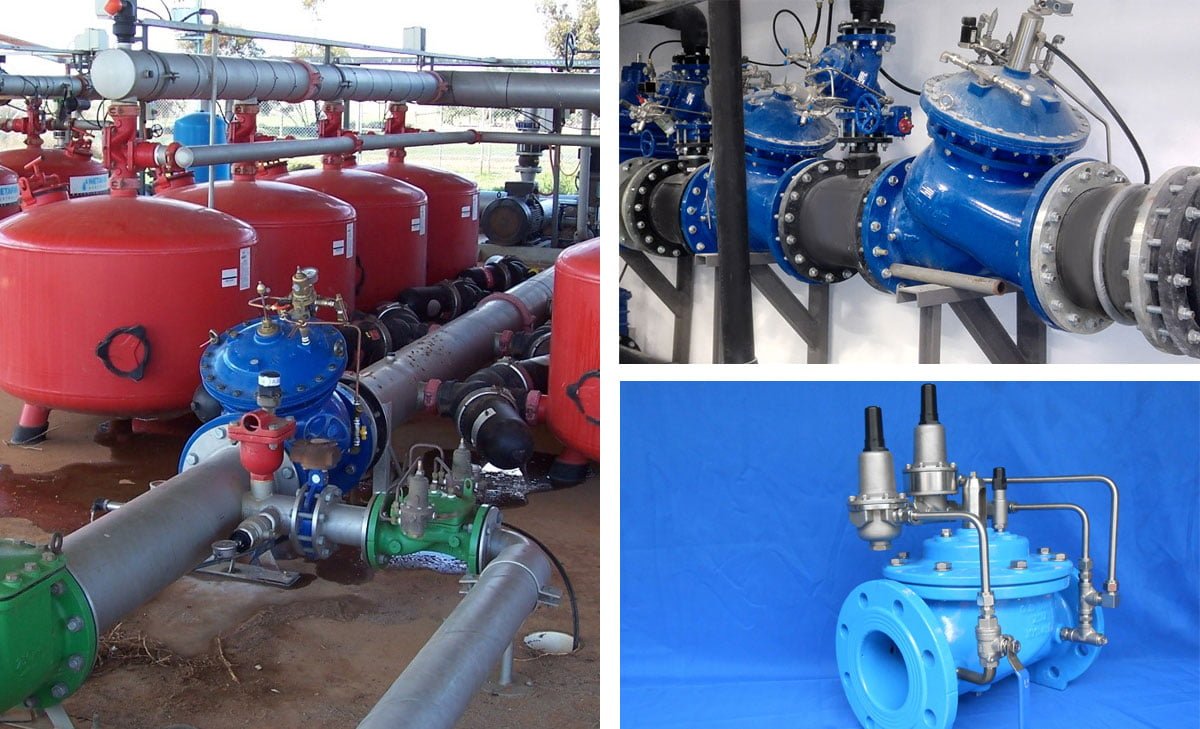Leveraging Ball Float Valves for Effective Water Conservation
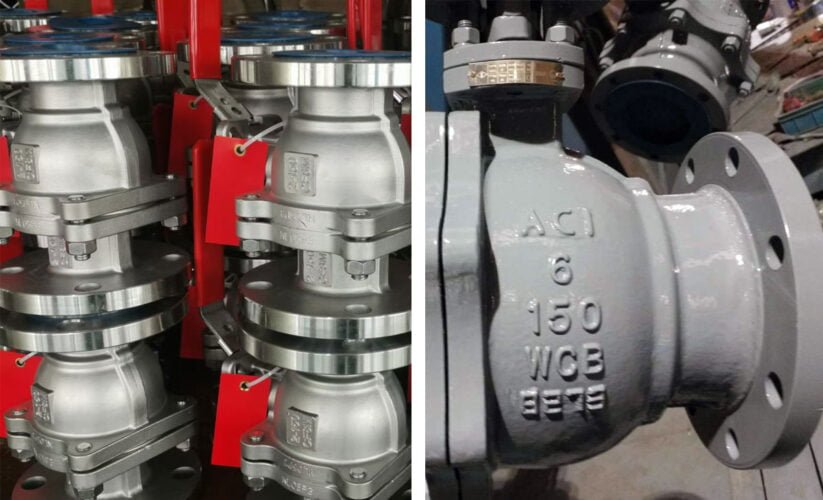
Table of Contents
ToggleThe Role of Ball Float Valves in Water Conservation Efforts
Ball float valves play a crucial role in water conservation efforts, ensuring efficient water usage while maintaining reliable water supply systems. These mechanical float valves operate autonomously, providing consistent and accurate tank filling. Additionally, these valves are essential in rainwater harvesting systems, car wash systems, irrigation systems, and water treatment plants. By utilizing buoyancy force instead of electronic control, float valves open and close based on water level, contributing to water conservation and efficient resource management. Servo-controlled float valves further enhance their performance by minimizing pressure surges and enabling control of various media.
Mechanism of Ball Float Valves/Floating Ball Valves
In the realm of valves, ball float valves stand out for their efficiency in controlling the flow of liquids. These valves are commonly used in various industrial and residential applications due to their reliable, rapid on/off control. In this section, we’ll delve into the mechanism of ball float valves, including their key components and operational process.
What Is a Ball Float Valve?
A ball float valve, also known as a floating ball valve, is a type of quarter-turn valve used to regulate the flow of liquids. It consists of a hollow sphere (the ball) with a passage through its center, connected to the valve body by a stem. The ball is pivotal in controlling the flow of fluid through the valve, making it a pivotal component in fluid management systems.
Key Components of Ball Float Valves
The main components of a ball float valve include:
- Valve body: This encases the valve mechanism and is commonly constructed from materials such as steel, iron, brass, bronze, or PVC.
- Ball: The pivoting sphere that controls the flow path through the valve, connected to the valve body via a stem.
- Bore or port: The hollow center of the ball through which the fluid passes.
- Packing: Flexible seals surrounding the valve stem to prevent leakage.
- Seat: A round, donut-shaped disc that forms a seal between the valve body and the ball.
- Stem: The shaft that secures the ball and links it to the external operating lever or actuator.
- Actuator: An external device designed to rotate the valve stem, such as a lever, gear, motor-operated gear, or a pneumatic/hydraulic actuator.
How Does a Floating Ball Valve Work?
In a floating ball valve, the ball is supported by cupped seats that create a tight seal between the valve body and the ball. As the fluid flows through the valve, it applies pressure to the ball, forcing it against the seats to maintain a secure seal. This design ensures effective regulation of liquid flow and contributes to the valve’s reliability and efficiency. The fluid management capability of floating ball valves makes them a popular choice in various industrial and residential settings.
The Significance of Water Conservation
Water conservation is crucial in addressing the growing need for water efficiency and sustainability. With the ever-increasing global population and industrial development, the demand for freshwater has surged, leading to water scarcity in many regions. The benefits of conserving water are multifaceted, ranging from environmental preservation to economic savings and ensuring access to clean water for future generations.
The Growing Need for Water Efficiency
The Earth’s freshwater resources are finite, and only a small fraction is readily available for consumption. As the population grows, so does the demand for water in various sectors such as agriculture, industry, and domestic use. This heightened demand puts pressure on existing water sources, making it imperative to adopt water-efficient practices to ensure a sustainable water supply for all.
Benefits of Conserving Water
Conserving water yields numerous benefits, including mitigating the impact of droughts, preserving aquatic ecosystems, and reducing energy consumption. By using water more efficiently, individuals and communities can lower their water bills, decrease the strain on water infrastructure, and contribute to the overall health of the environment. Additionally, water conservation plays a pivotal role in safeguarding against water scarcity and ensuring a reliable supply of clean water for essential needs and future generations.
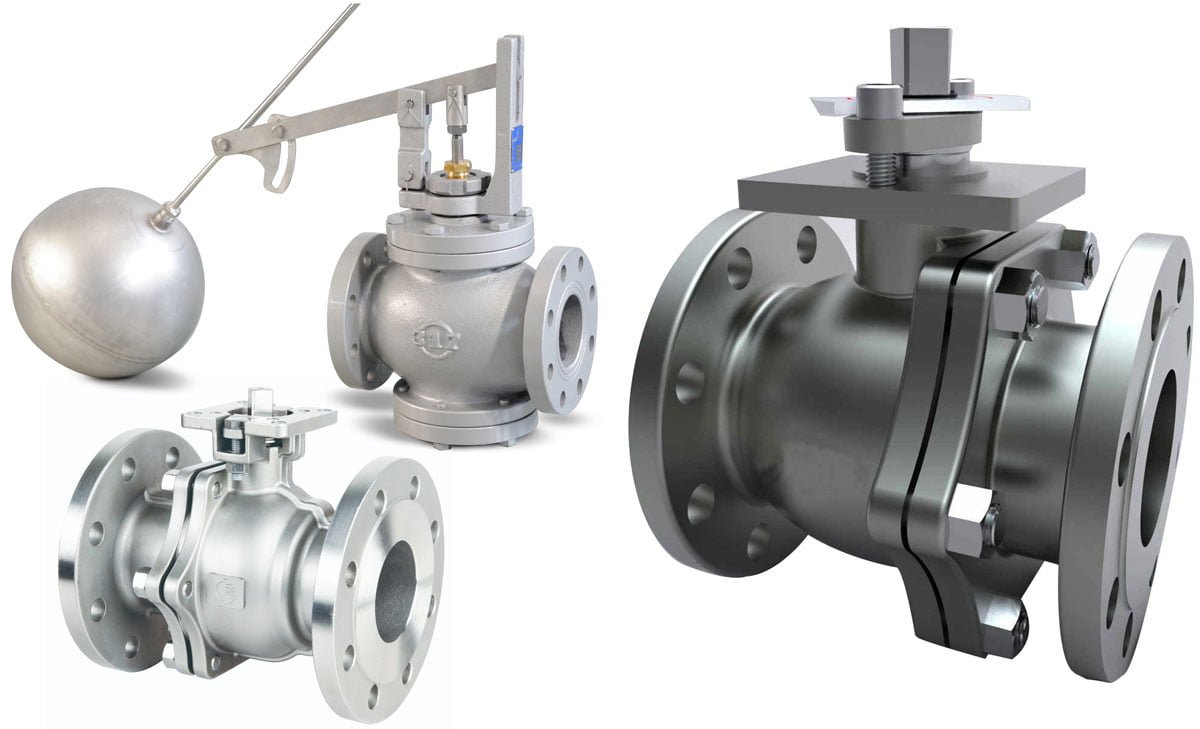
The Role of Ball Float Valves in Daily Water Usage
Role of Ball Float Valves in Home Plumbing Systems
In the realm of home plumbing, ball float valves are integral components that regulate the water level in tanks and cisterns. They operate by utilizing a buoyant ball that rises and falls with the water level, triggering the valve to open or close accordingly. This mechanism ensures that the water supply is replenished when levels are low, preventing unnecessary water wastage. By efficiently managing water levels, ball float valves contribute significantly to water conservation efforts within residential settings, promoting a sustainable approach to daily water usage.
Ball Float Valves in Agricultural Practices
Agricultural irrigation systems rely on ball float valves to maintain optimal water levels in storage tanks and troughs. These valves enable precise control over water distribution, ensuring that crops receive adequate hydration without excess waste. By facilitating a balanced and efficient supply of water, ball float valves play a crucial role in promoting sustainable agricultural practices. They contribute to mitigating water loss and enhancing the overall efficiency of irrigation processes, aligning with the goal of conserving water resources in agricultural contexts.
Industrial Applications of Ball Float Valves
In industrial settings, ball float valves are utilized in various applications where precise water level control is essential. From cooling systems in manufacturing facilities to water storage in commercial buildings, these valves enable reliable management of water levels, preventing overflow and minimizing water usage. By incorporating ball float valves into industrial processes, businesses can enhance their water conservation initiatives while maintaining operational efficiency. The versatility and effectiveness of ball float valves make them valuable assets in sustaining responsible water consumption across diverse industrial applications.
Advanced Water Conservation Techniques Using Ball Float Valves
Water conservation is essential for the sustainable management of water resources. Ball float valves offer advanced water conservation techniques that can tremendously improve water storage and prevent water loss through leakage control.
Improving Water Storage with Ball Float Valves
Ball float valves play a crucial role in enhancing water storage systems. By efficiently regulating the water level in tanks and reservoirs, these valves prevent overflow and wastage of water. They ensure that the storage capacity is maximized while minimizing the risk of water scarcity during periods of high demand. Additionally, the precision of ball float valves allows for optimal utilization of available storage space, contributing to overall water conservation efforts.
Preventing Water Loss through Leakage Control
Leakage is a significant contributor to water loss in both residential and industrial settings. Ball float valves are instrumental in preventing water leakage by maintaining consistent water pressure and flow. By promptly shutting off the water supply when the desired level is reached, these valves mitigate the risk of leaks and water seepage. This proactive approach to leakage control not only conserves water but also reduces the need for costly repairs and infrastructure maintenance, making it a sustainable solution for water management.
Incorporating ball float valves in water storage and distribution systems represents a proactive and efficient approach to water conservation. The precise regulation of water levels and the prevention of leaks ensure that every drop of water is utilized effectively, contributing to a sustainable water supply for future generations.
Innovations in Ball Float Valve Technology
Smart Ball Float Valves for Enhanced Water Management
In recent years, ball float valve technology has undergone significant advancements to optimize water management. Smart ball float valves are designed with intelligent sensors and actuators to accurately monitor and regulate water levels. This innovation enables precise control over water flow, reducing wastage and ensuring efficient usage. By leveraging smart technology, these valves contribute to the overall conservation of water resources, making them an invaluable addition to modern water systems.
Advantages of Smart Ball Float Valves:
- Real-time monitoring capability for water levels
- Automated adjustment of valve opening and closing
- Integration with water management systems for data analysis
- Enhanced precision in controlling water flow
Sustainable Materials in Ball Float Valve Manufacturing
The shift towards sustainable practices has extended to the manufacturing of ball float valves. Companies are increasingly utilizing eco-friendly materials that align with environmental conservation efforts. From bio-based polymers to recycled metals, the emphasis on sustainable materials ensures that ball float valves are not only efficient in water management but also eco-conscious in their production.
Benefits of Sustainable Materials in Ball Float Valves:
- Reduced environmental impact through resource-efficient manufacturing
- Enhanced durability and longevity of valves
- Contribution to circular economy principles
- Compliance with environmental regulations and standards
Incorporating sustainable materials in ball float valve manufacturing signifies a commitment to promoting environmental responsibility while delivering reliable and effective water conservation solutions.
Real-World Examples of Water Conservation Success
Case Studies
The implementation of ball float valves in water conservation efforts has resulted in numerous success stories around the world. One notable case study is the city of Cape Town, South Africa, which faced a severe water crisis in 2018. Through the installation of ball float valves in municipal water tanks and reservoirs, Cape Town was able to significantly reduce water loss due to evaporation and overflow. This successful conservation effort not only averted a potential “Day Zero” scenario of running out of water but also served as a model for other water-stressed regions globally.
Another impactful case study comes from agriculture, where the adoption of ball float valves in irrigation systems has led to substantial water savings. Farms using these valves have reported up to 30% reduction in water usage while maintaining or even increasing crop yields. These real-world examples underscore the crucial role of ball float valves in achieving tangible water conservation outcomes across different sectors.
The Impact of Ball Float Valves on Water Conservation Efforts
The integration of ball float valves has played a pivotal role in enhancing water conservation efforts. By effectively controlling water levels in tanks, reservoirs, and irrigation systems, these valves prevent unnecessary water wastage and promote efficient use of this precious resource. The utilization of ball float valves not only minimizes water loss due to evaporation and leakage but also ensures optimal water distribution for various applications.
Water Sustainability
In addition, the implementation of ball float valves contributes to overall water sustainability by maintaining consistent water levels in critical storage infrastructure. This is particularly vital in arid regions and areas facing water scarcity, where every drop of water saved makes a significant difference. Moreover, the use of ball float valves supports environmental preservation by reducing the strain on natural water sources and lowering energy consumption associated with water supply and treatment processes.
The impact of ball float valves on water conservation efforts goes beyond mere reduction of water usage; it encompasses a fundamental shift towards responsible and efficient water management practices. As organizations, municipalities, and industries continue to prioritize sustainability, the adoption of ball float valves emerges as a practical and effective strategy to uphold water conservation goals and pave the way for a more water-secure future.
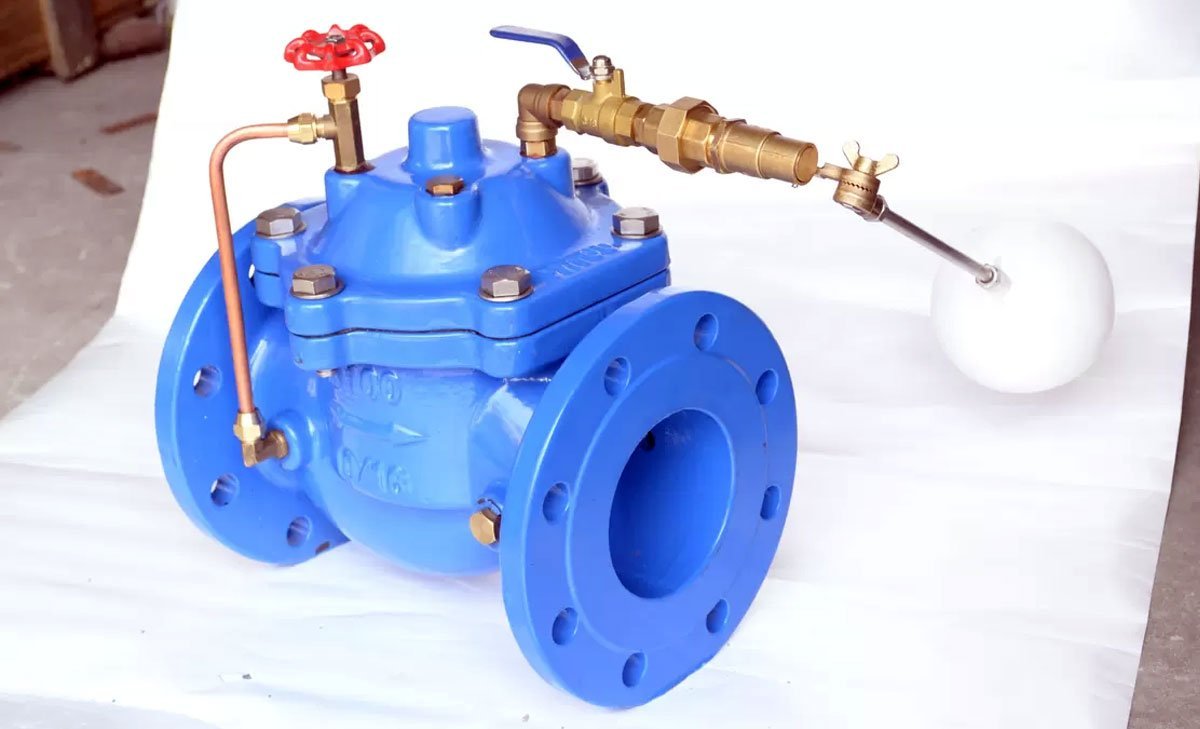
Installing and Maintaining Ball Float Valves for Optimal Performance
Best Practices for Ball Float Valve Installation
Installing ball float valves correctly is crucial for optimal performance and water conservation. Here are best practices to follow:
- Positioning: Install the valve vertically to ensure smooth float movement.
- Adjustment: Set the water level according to the manufacturer’s guidelines to prevent overflows or insufficient filling.
- Secure Fitting: Ensure a tight and secure connection to prevent leaks.
Routine Maintenance to Ensure Water Conservation
Regular maintenance is essential for the efficient operation of ball float valves and to conserve water effectively. Consider the following routine maintenance tips:
- Cleaning: Regularly clean the valve and the float mechanism to prevent debris from obstructing its function.
- Inspection: Check the valve for any signs of wear, tear, or corrosion, and promptly replace any damaged components.
- Lubrication: Apply lubricant to moving parts to maintain smooth operation and prevent rust.
By following these installation and maintenance practices, you can ensure that ball float valves operate optimally, contributing to effective water conservation efforts.
The Future of Water Conservation with Ball Float Valves
The upcoming trends in water conservation technologies point to an increasing reliance on efficient and sustainable solutions. As environmental concerns continue to escalate, the demand for innovative water management systems is on the rise. This has propelled the adoption of ball float valves as a crucial component of sustainable development initiatives.
Upcoming Trends in Water Conservation Technologies
In the quest for enhanced water conservation, the future is shaped by technological advancements that prioritize efficiency and resource preservation. Innovations in smart water systems, IoT-enabled monitoring devices, and precision irrigation techniques are revolutionizing the landscape of water conservation. These trends underscore a collective effort to minimize water wastage and optimize usage through intelligent and data-driven approaches.
The Role of Ball Float Valves in Sustainable Development
Ball float valves, with their simple yet effective mechanism, play a pivotal role in sustainable development by ensuring optimal water usage. By regulating the inflow of water into tanks and reservoirs, they prevent wasteful overflow and contribute to the preservation of this precious resource. These valves exemplify a sustainable and automatic approach to water management, aligning with the evolving needs of environmental stewardship and resource conservation.
By integrating ball float valves into future water conservation strategies, the potential for impactful and sustainable outcomes is amplified. As we embrace these advancements, we steer towards a future where water conservation is not just a necessity, but a collective responsibility for the well-being of our planet.
Conclusion
In the realm of water conservation efforts, ball float valves play a crucial role in regulating water flow and maintaining optimal water levels in various systems. These mechanical marvels operate autonomously, ensuring consistent and accurate performance in a wide range of applications. Whether it’s filling storage tanks, safeguarding drinking water against backsiphonage, or controlling water supply in irrigation and treatment plants, float valves from A. u. K. Müller offer a dependable solution. Their servo-controlled design not only enhances efficiency but also minimizes pressure surges, making them ideal for diverse water management scenarios. As we continue to prioritize sustainable water usage, the indispensable contribution of ball float valves in water conservation cannot be overstated.











